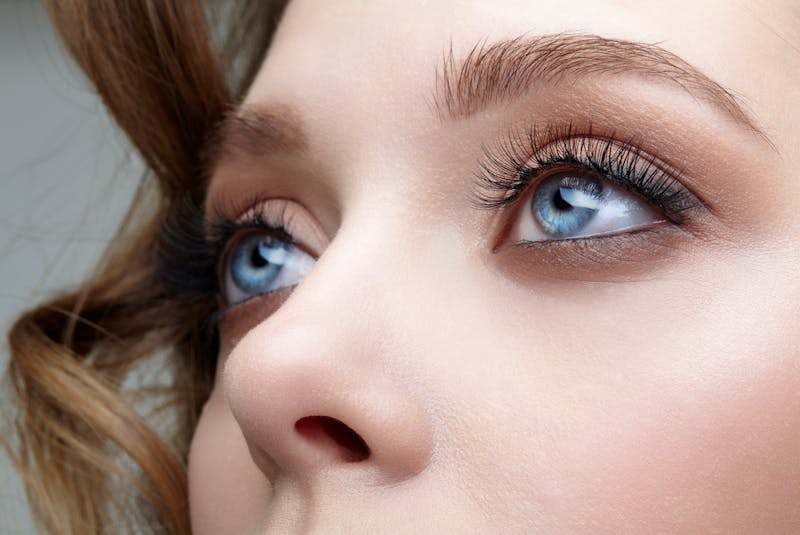
Rhinoplasty, often referred to as a nose job, is a popular cosmetic procedure that aims to improve a patient's nose's overall shape and appearance. It is an intricate surgical process that requires a delicate balance between the artistry of aesthetics and the precision of medical science. In this blog, we will delve into the fascinating world of rhinoplasty and explore how this transformative procedure is performed to achieve stunning results for patients.
Dr. Shapiro has years of experience in performing Rhinoplasty procedures. He prioritizes the patient’s unique features, ensuring they achieve their ideal look without losing their sense of identity.
Initial consultation
The journey of a successful rhinoplasty begins with a comprehensive initial consultation with a board-certified plastic surgeon or facial plastic surgeon. During this meeting, the surgeon will listen carefully to the patient's concerns and aesthetic goals. A comprehensive assessment of the patient's nasal structure, skin type, and facial proportions will also be conducted. This step is essential to ensure that the rhinoplasty plan is tailored to each individual's unique needs and desires.
Preparing for the surgery
Before the procedure, the surgeon will provide pre-operative directions to the patient, which typically include avoiding certain medications or herbal supplements that can increase the risk of bleeding. The patient will also receive guidance on lifestyle adjustments, such as quitting smoking, as it can interfere with the healing process.
Anesthesia
A rhinoplasty procedure can be carried out either under general anesthesia or intravenous sedation. The choice of anesthesia ultimately depends on the complexity of the surgery and the patient's preferences. The surgeon and anesthesia team work together to ensure the patient's comfort and safety throughout the procedure.
Open or Closed Rhinoplasty
There are two primary methods that are used in rhinoplasty procedures: the open and closed techniques. With the closed techniques, the incisions are made inside the nostrils, providing limited visibility for the surgeon. On the other hand, open rhinoplasty involves creating a tiny incision across the columella, which is the strip of tissue situated between the nostrils. This provides the surgeon with better access and visibility during the procedure. The choice between the two techniques depends on the complexity of the surgery and the surgeon's expertise.
Reshaping the nose
Once the appropriate incisions are made, the surgeon will begin reshaping the nasal structures. Cartilage may be removed, added, or reshaped to achieve the desired result. Nasal bones may also be repositioned to improve the nasal bridge. The goal is to create a more balanced, harmonious, and natural-looking nose that complements the patient's facial features.
Correcting breathing issues
In some cases, rhinoplasty is performed not only for cosmetic enhancement but also to address breathing difficulties that have resulted from a deviated septum or another type of structural abnormality. The surgeon may use techniques like septoplasty to straighten the septum and improve airflow.
Closing the incisions
Once the necessary adjustments are made, the surgeon will carefully close the incisions using sutures that will eventually dissolve on their own. In some cases, nasal packing or splints may be used to support the nose during the initial healing period.
Recovery and post-operative care
Following the procedure, patients are closely monitored as they wake from anesthesia. Pain and discomfort are common during the first few days, but medication will be prescribed to manage any discomfort. Swelling and bruising are also typical, but these will slowly dissipate over the course of several weeks.
During the recovery period, patients are advised to follow post-operative care instructions carefully. This typically includes avoiding certain activities, maintaining the head in an elevated position, and protecting the nose from all forms of trauma.
What is the takeaway?
Rhinoplasty is a transformative procedure that requires the perfect blend of surgical skill and artistic vision to achieve outstanding results. The careful planning, meticulous execution, and personalized approach in performing rhinoplasty make it a sought-after procedure for those seeking to enhance their facial harmony and confidence.
If you're considering rhinoplasty, consulting with a certified and experienced plastic surgeon is vital in ensuring a successful outcome that meets your aesthetic goals. At Shapiro Plastic Surgery, we go above and beyond to make sure that all of our patients achieve their desired outcomes with the best results possible. Contact us to set up a private consultation and learn more about our rhinoplasty procedures.


